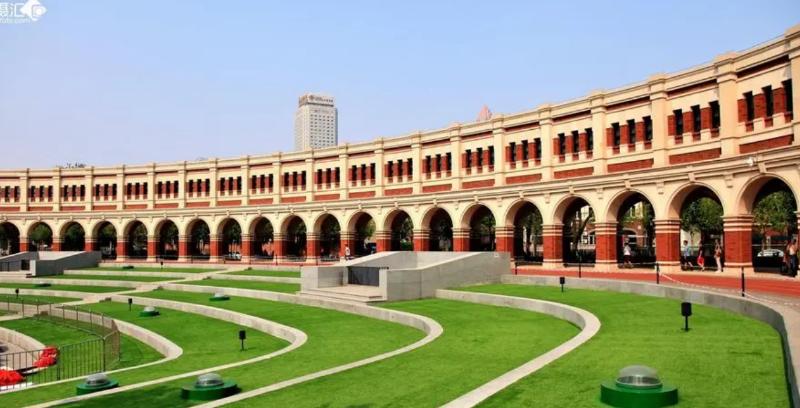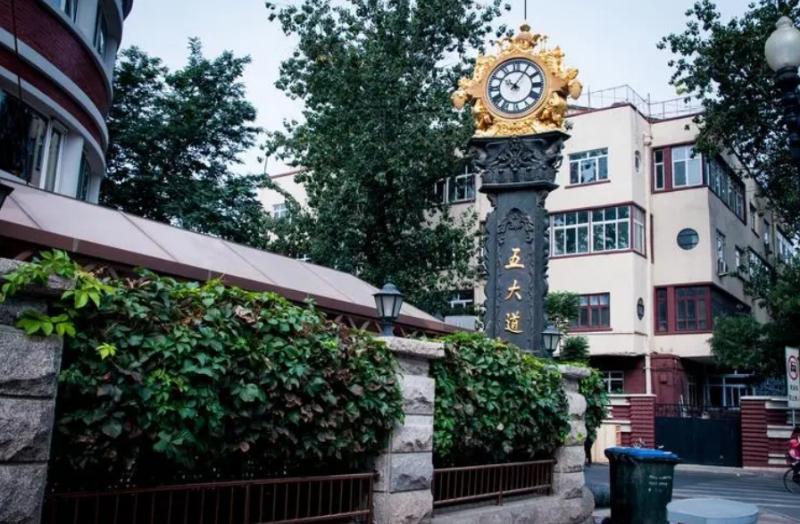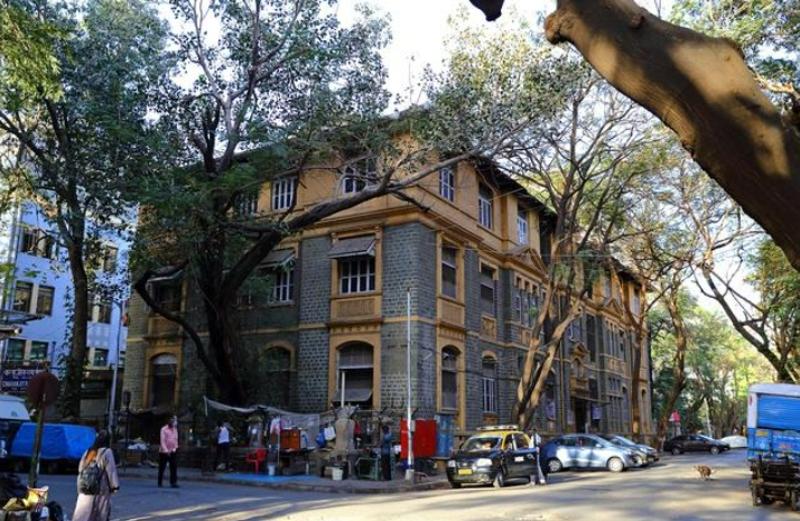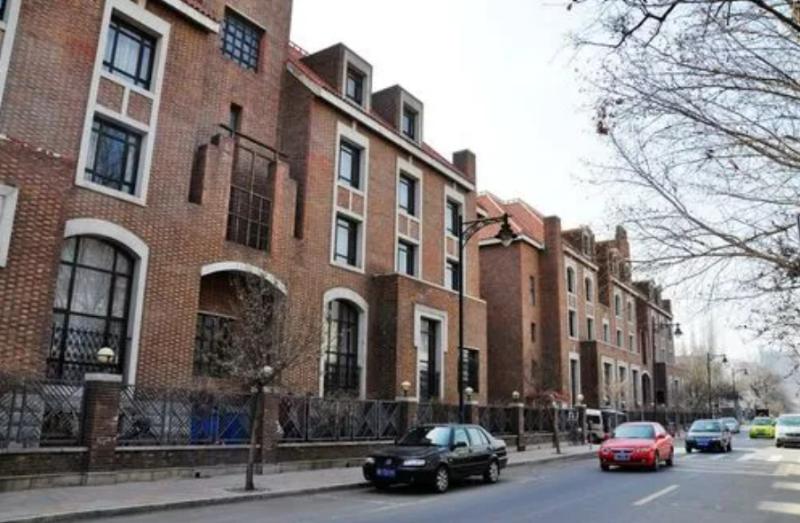The Historical and Cultural Heritage of Tianjin's Wudadao
I. Geographic Distribution of Wudadao
Tianjin's Wudadao, or the Five Great Avenues, refers to five notable streets located in the heart of Tianjin: Machang Road, Munan Road, Dali Road, Changde Road, and Chengdu Road. These streets form a fan-shaped distribution in the city center, with a total length of approximately 13 kilometers. Each street, developed during the foreign concessions period, boasts a unique historical and cultural background.
Reference: Tianjin Wudadao: A Cultural and Historical Tourism Area
II. Historical Development of the Five Avenues
1. Machang Road:
Length: 1740 meters
Historical Background: Machang Road is the longest of the five avenues and was established in 1861 by the British concession. The road's name originates from the British practice of horse breeding and racing in the area. Today, it is one of Tianjin's most famous tourist streets, known for its vibrant atmosphere and historical significance.

2. Munan Road:
Length: 1220 meters
Historical Background: Opened in 1895 by the French concession, Munan Road was named after the French Consul Munan. The street is lined with French plane trees, creating a romantic ambiance that makes it one of the most picturesque streets in Tianjin.

3. Dali Road:
Length: 1740 meters
Historical Background: Dali Road was developed in 1914 by the British concession, named after the British Consul Dali. The road is renowned for its unique European architectural style, attracting numerous visitors who come to admire its elegant buildings.

4. Changde Road:
Length: 1174 meters
Historical Background: Established in 1900 by the German concession, Changde Road was named after the German Consul Changde. The architectural style along this street primarily features the German Neo-Renaissance style, offering a distinctive visual experience.

5. Chengdu Road:
Length: 1261 meters
Historical Background: Opened in 1895 by the British concession, Chengdu Road was named after the British Consul in Chengdu. Although it is the shortest of the five avenues, Chengdu Road is rich in historical and cultural significance.
III. Cultural Significance of the Five Avenues
Tianjin's Wudadao serves as a crucial carrier of the city's historical and cultural heritage. Each street embodies profound cultural connotations, reflecting the evolution and development of modern Chinese history and holding countless folk tales and stories.
1. Fusion of Western and Chinese Cultures:
The Five Avenues are a unique blend of Western and traditional Chinese architectural styles. The buildings feature a mix of Gothic and classical designs from the West, alongside traditional Chinese elements. The street names, such as Machang Road, Munan Road, and Dali Road, reflect this cultural integration, symbolizing the harmonious coexistence of different cultures.
2. Preservation of Historical and Folk Culture:
Wudadao is also a repository of Tianjin's history and folk culture. Many old shops and residences still maintain traditional lifestyles and handcrafted production methods. Additionally, the area is home to several historical temples and churches, such as the Tianhou Palace and the Da Qing Youbi. These landmarks make Wudadao a microcosm of Tianjin's historical and cultural legacy.
Conclusion
The Five Avenues of Tianjin represent a vital part of the city's historical and cultural fabric. Each street, with its unique blend of architectural styles and rich historical background, tells a story of cultural exchange and development. As a living museum of architectural and cultural heritage, Wudadao continues to attract visitors from all over the world, offering a glimpse into the past while embracing the future.
Q&A
1. What is the significance of the architectural styles found in Tianjin's Wudadao?
Answer: The architectural styles in Tianjin's Wudadao are significant because they reflect a unique fusion of Western and Chinese elements. Buildings along these streets exhibit Gothic, Baroque, and other European styles, alongside traditional Chinese designs. This blend showcases the cultural exchange and historical development that took place during the period of foreign concessions in Tianjin.
2. How does Wudadao serve as a repository of Tianjin's history and culture?
Answer: Wudadao serves as a repository of Tianjin's history and culture by preserving traditional lifestyles, handcrafted production methods, and historical landmarks. The area is home to old shops, residences, temples, and churches that embody the city's historical narrative. These elements collectively make Wudadao a living museum that offers insights into Tianjin's rich cultural heritage.